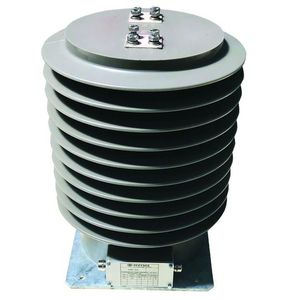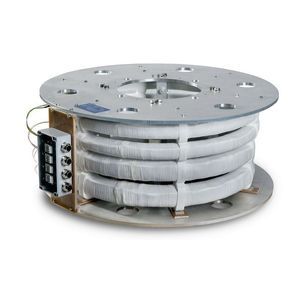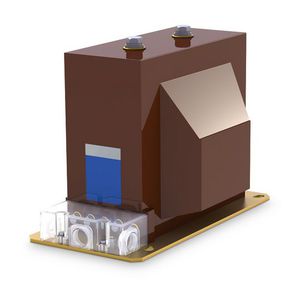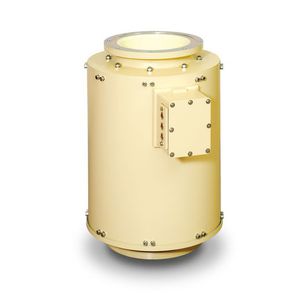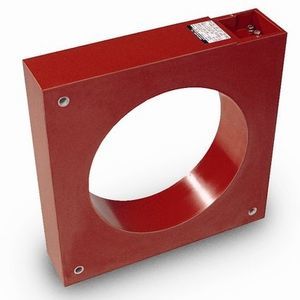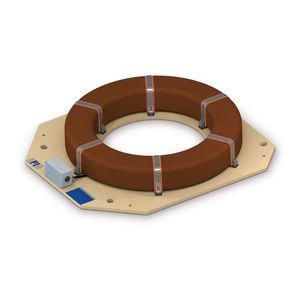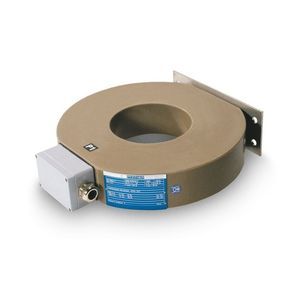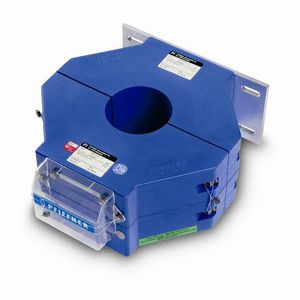
- Electricity - Electronics
- Electronic Component
- Current transformer
- PFIFFNER International AG
Current transformer AKAmeasurementcast resinIEC

Add to favorites
Compare this product
Characteristics
- Type
- current, measurement
- Configuration
- cast resin
- Norms
- IEC
- Other characteristics
- protection
- Primary voltage
720 V
- Primary current
50,000 A
- Frequency
16.7 Hz, 50 Hz, 60 Hz
Description
High current transformers type AKA are used in isolated-phase bus (IPB). They transform high currents up to 50000 A into standardised values for meters, measuring and protection devices.
Type AKA current transformers are usually used in encased ducts, so-called isolated phase bus ducts (IBPs). The CT’s transform high currents up to 50,000 A into standardised, equivalent values for meters, measuring equipment and protection devices.
Power stations use IPB ducts between the generator on the one side and the generator transformer and its station-service feeders on the other. AKA current transformers are designed to be installed in these systems. The current transformer is fixed in place inside the casing. The distance between the transformer's internal diameter and the duct's primary conductor is determined by the system voltage, with the insulation being implemented with a sufficient distance between the primary conductor and the transformer's internal diameter.
The transformer's active parts are cast in an epoxy resin specifically designed to withstand high temperatures. Depending on the requirements, up to five mutually galvanically isolated current transformer cores can be fitted and used to provide protection or for measurement tasks. As all the active parts are dimensioned and made to order, they can be manufactured in accordance with all international, national and customer-specific standards. Protection classes for transient transmission behaviour (TPY, TPZ) are also possible.
Catalogs
High-current transformers
8 Pages
High-current transformers
8 Pages
Other PFIFFNER International AG products
Current Transformers
*Prices are pre-tax. They exclude delivery charges and customs duties and do not include additional charges for installation or activation options. Prices are indicative only and may vary by country, with changes to the cost of raw materials and exchange rates.




